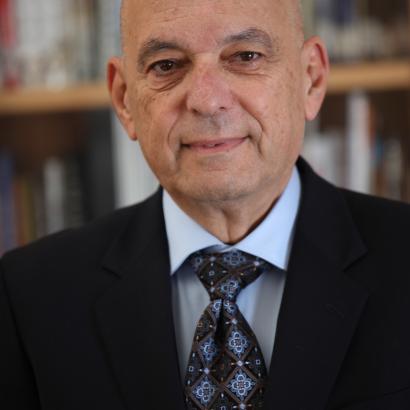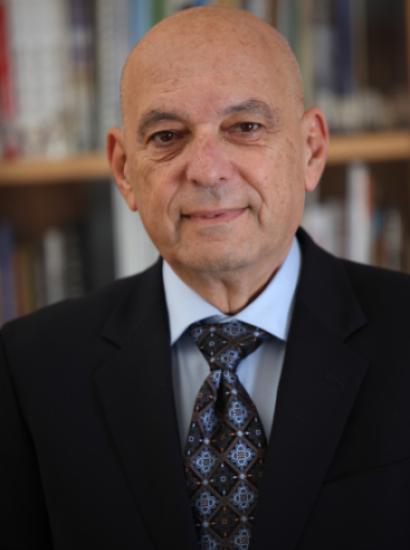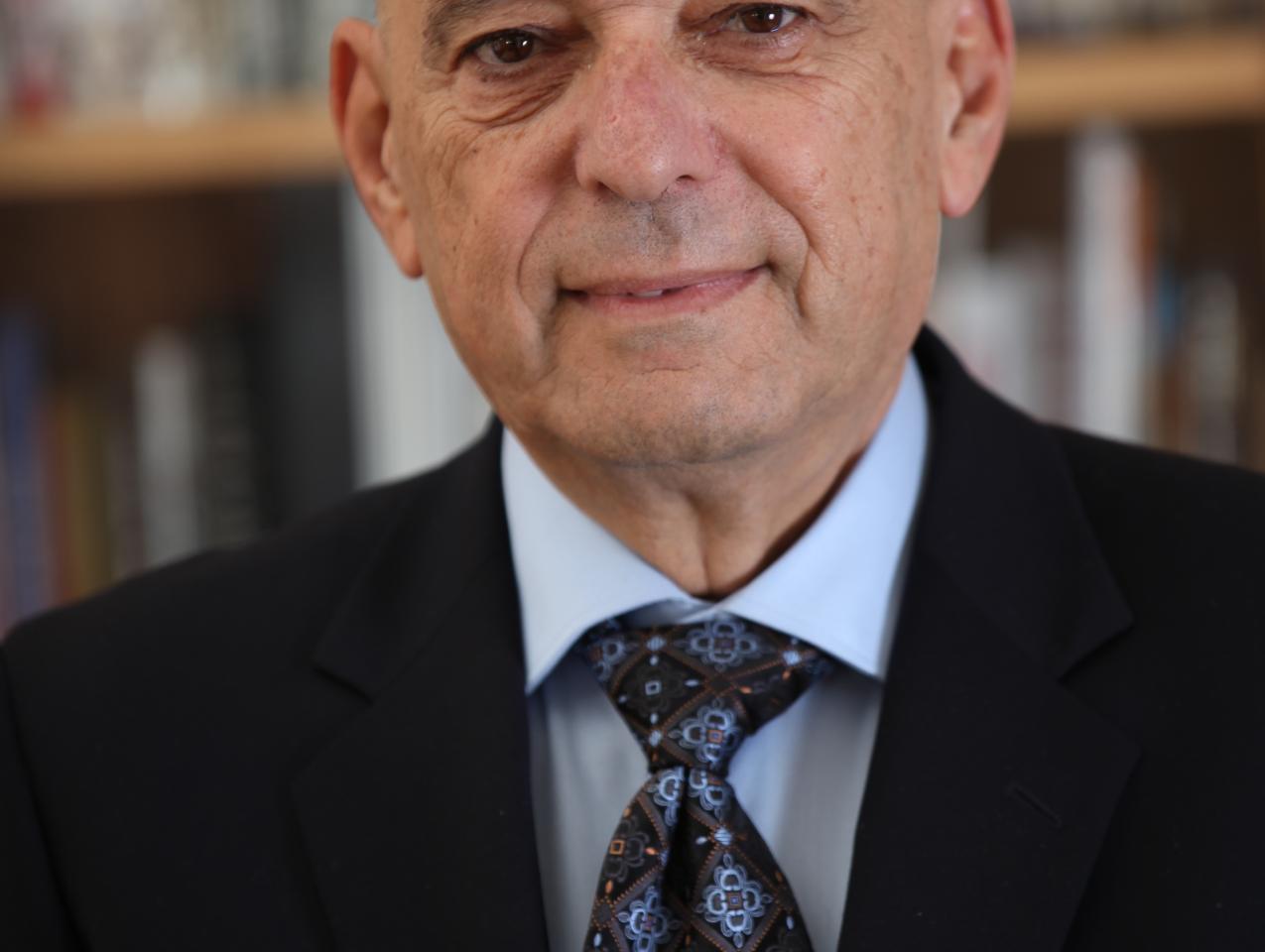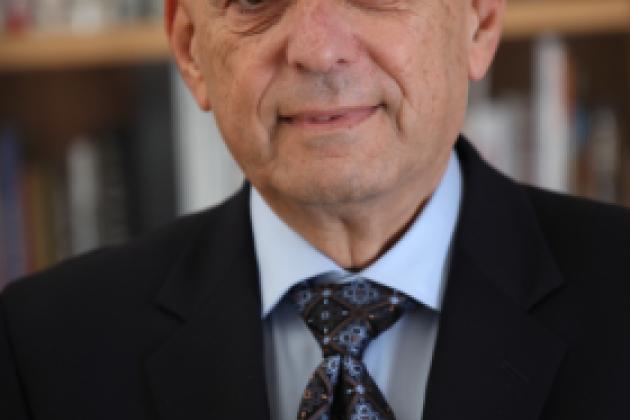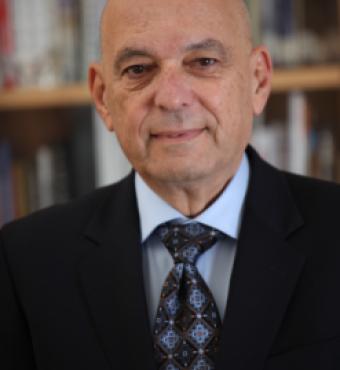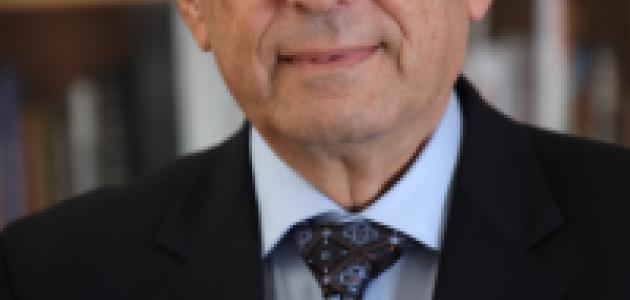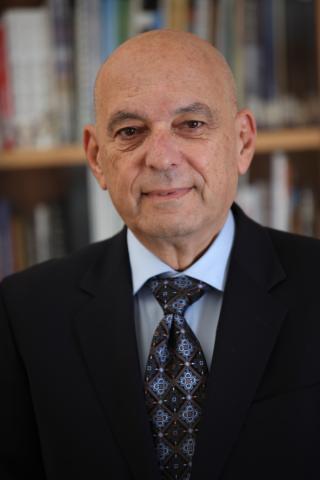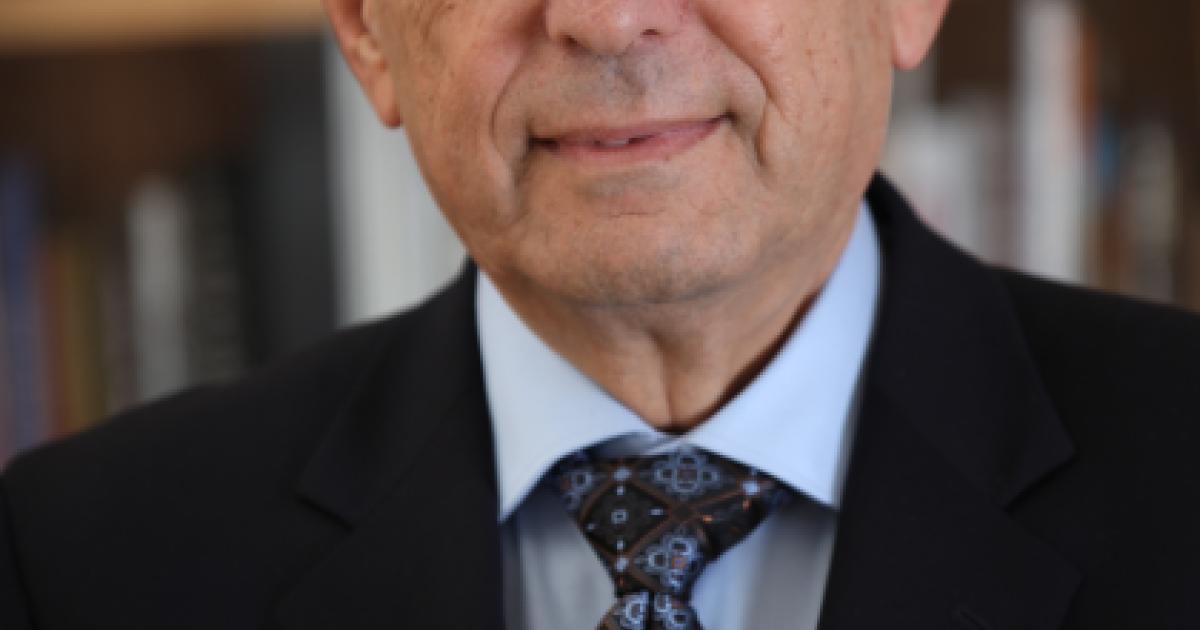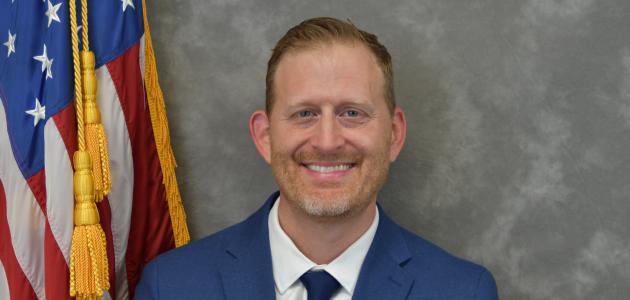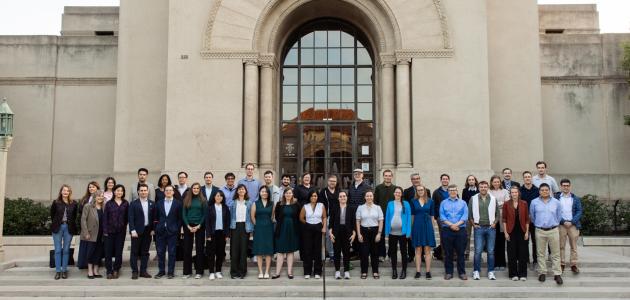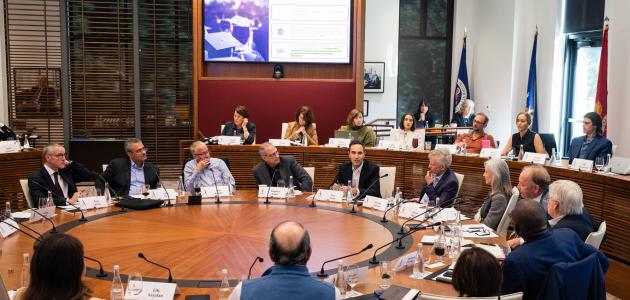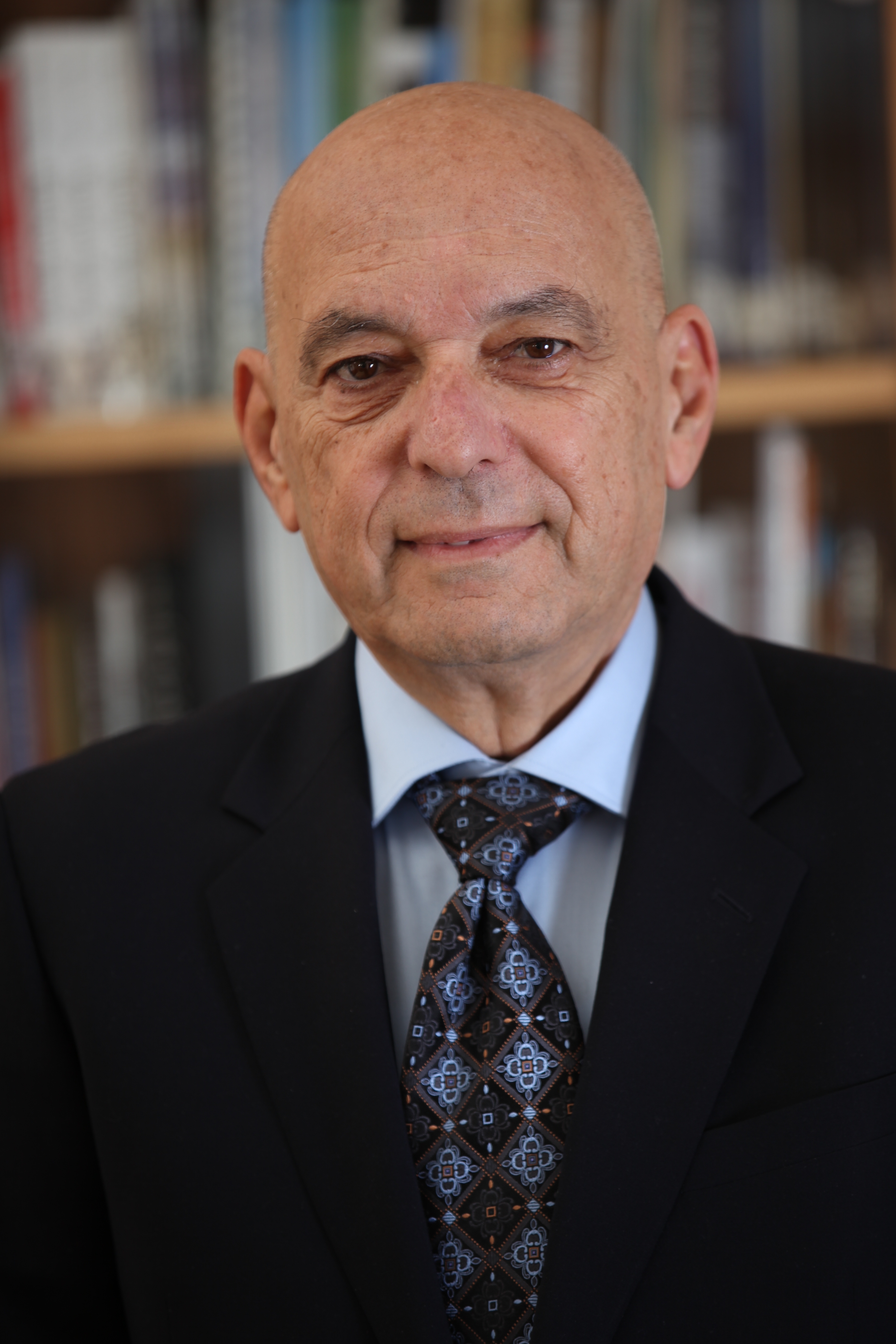
Hoover Institution (Stanford, CA) – Seventy years after its founding, Israel is still in the early stages of its evolution toward a full democracy, argued Distinguished Visiting Fellow Arye Carmon in a conversation with Thomas W. and Susan B. Ford Distinguished Fellow and former secretary of state George P. Shultz at the Hoover Institution’s Hauck Auditorium.
Carmon is author of the recently published book from the Hoover Institution Press Building Democracy on Sand: Israel without a Constitution.
Carmon said that many of Israel’s current challenges stem from Zionism’s struggle to reconcile itself with its traditional Jewish past, compounded by decades of dynamic and rapid societal change.
He explained that before the Zionist movement culminated in the creation of Israel, members of the Jewish diaspora adhered to the laws of the respective countries in which they lived. Their religious life was governed by devotion to the halacha, a set of rules from the Talmud that define the people’s relationship and obligations to God. Their hopes and dreams reflected a passive yearning for a messianic deliverance from exile.
“Zionism was a secular revolution which rebelled against Jewish life in exile,” Carmon said. “It brought the Jewish people back into history.”
Since declaring independence in 1948, Israel has yet to adopt a constitution, from which its citizens could derive codified universal principles. Carmon is concerned that, as a consequence, Israel’s diversity is being weakened by divisiveness rather than gaining strength from its secular and democratic beginnings. Zionism’s innovations are a source of contempt among the ultra-Orthodox community, strict adherents to the halacha and now the fastest growing religious sect in Israel. The ultra-Orthodox have, on average, 6.4 children per family and reject civic duties, including military service.
Carmon said that the increased influence among the Orthodox rabbinate has left some sects of Judaism excluded from political life. For example, even conservative and reform rabbis don’t have the legal authority to preside over weddings within Israel.
At its founding in 1948, Israel’s total population was 803,000. Its demographic makeup consisted of approximately 80 percent Jews and 13 percent Arabs. Among the Jewish population, 85 percent were Ashkenazi Jews who emigrated from Eastern Europe and 15 percent were Sephardic Jews who originated mainly from Middle Eastern countries.
Today, Israel’s population is almost 9 million. The Arab population has increased to 20 percent, while Sephardic Jews now represent over half the Jewish population.
The fragmented culture of Israel is further pronounced in its national politics. In 1992, through a simple majority, the Knesset passed a bill for the direct election of the prime minister. This led to a two-ballot electoral system, whereby one vote is cast for the prime minister and the other vote for the party. Knesset seats are ultimately allocated among the parties according to the proportion of the vote they receive from the electorate. This two-ballot system has led to a proliferation of political parties, now numbering more than 25 in the Knesset.
Carmon said that Israel’s democracy would be more effective if it had a more unified form of government and a forceful opposition that could present itself as an alternative to voters. Returning to a single ballot, however, would require convincing members of the smaller parties to ostensibly vote themselves out of power.
Carmon contends that many of these issues could be solved if Israel adopted a constitution, as proposed changes in the political system would have to endure a more cautious and deliberative process.
Carmon explained that another significant factor in Israel’s political polarization is the fallout from the murder of former prime minister Yitzhak Rabin, whose assassin was incited by extremist rabbis fueled by resentment of Rabin’s participation in the peace process with Palestinian leaders. Since then, Israel’s right and left have viewed one another with increased suspicion.
However, Carmon did indicate progress towards greater unity in society beyond politics. He indicated that Arabs and the ultra-Orthodox are now becoming more integrated into the economic life of the nation. For example, many Arabs are employed by the nation’s health-care industry and constitute the largest number of pharmacists. Meanwhile, members of the ultra-Orthodox community are now increasing their ranks among faculty in Israel’s universities.
At the conclusion of the conversation, Shultz told an anecdote about his visit to Israel in 1969 on the invitation of then mayor of Jerusalem Teddy Kollek. Shultz said Kollek likened Jerusalem to a photograph. Distinguishing it from a painting, Kollek explained that a photo’s ink doesn’t bleed; rather, the dots of its grain compose a mosaic. Shultz explained how this example illustrated Kollek’s vision of encouraging an environment where Jerusalem’s citizens could express themselves individually as long as they didn’t diminish the freedom of others.
“He did it successfully,” Shultz said.







